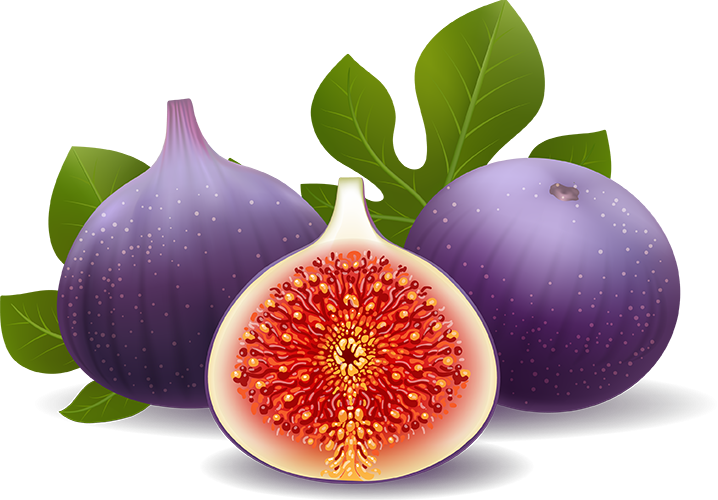Although the fig trees are usually disease resistant and without issues, sometimes there could be situations where diseases may affect them. This does not mean that your tree fig will have any of these issues.
The following are some of the diseases that can affect fig trees:
Fig Rust
Fig rust is a fungus that causes the leaves to turn yellow-brown and drop. Leaves develop yellow tiny spots which are visible on the underside of the leaves. The rust spreads to the upper side of the leaves and the spots now become rusty and reddish brown.
Fruit is unaffected by the fungus but it may experience premature ripening.
Preventing Fig Rust
The main cause of this disease is mostly due to excessive rain and extra humidity.
- Water only the ground under the fig trees without watering the leaves since the rust fungus seeks moisture on the leaves.
- Water in the morning so the sun can dry all excess water and moisture during the day
- Pick up any fallen leaves and debris (also in the fall as fungus rust will overwinter)
- Improve air circulation by pruning in order to allow the evaporation of excess water and humidity
Treatment:
- Spray with Fungicide (with copper sulphate and lime)
- Spray with sulphur dust (can be found in garden centres, home depot, canadian tire)
Leaf Blight
Leaf Blight is another fungus that affects the fig tree leaves which causes spots that begin as yellow and appear like “water soaked”. These water soaked areas will spread and dry out leaving a surface that feels like paper or “papery” . Leaves will have holes or may turn brown and die.
Preventing & Treatment
The only available control is sanitation. Clean up and remove all affected leaves, fallen leaves, and debris to stop spreading.
Fig Mosaic Virus (FMV)
The virus responsible for fig mosaic is thought to be vectored by the eriophyid mite Aceria fici and multiplied through propagation and cuttings from infected trees. The disease manifests in the form of large, yellowish spots on the leaves. The spots are in sharp contrast with green foliage with a mottled kind of effect. Spots are surrounded by rust colored rings as the underlying cells degenerate and die.
Some trees may be affected in the form of stunt growth. Fruits may be spotted, stunted, or drop prematurely.
Preventing & Treatment
The fig mosaic virus is very difficult to treat. Some fig trees may not be affected. The majority of the affected fig trees with FMV virus may not present any issues and may overcome the FMV.
Since this is spread by the eriophyid mite Aceria fici, it is imperative to minimize the spread and contain it.
Treatment should be done by fungicide against the mites. It is suggested to isolate or keep space between affected trees to minimize or prevent potential spread.
Fertilization nutrition, and regular feeding will also play an important role as it helps the fig tree grow and overcome the virus.
Based on recent studies it seems that all fig trees have been exposed to the FMV virus that may exacerbate and display differently and at different times for various fig trees and varieties.
Fruit Souring
The fruit souring manifests by a yeasts causing figs to sour while on the tree. This seems to be introduced by dried fruit beetles or by vinegar flies. Figs start to ripen but they will start to ferment and form bubbles.
Note: This is a rare disease and not all fig trees are affected by this. Only fig varieties with open ostioles (“eyes”) could be sometimes affected. Varieties with closed ostioles (“eyes”) such as Celeste, Alma, etc. are not affected.
Preventing & Treatment
Use insect control and mesh to prevent infection.

